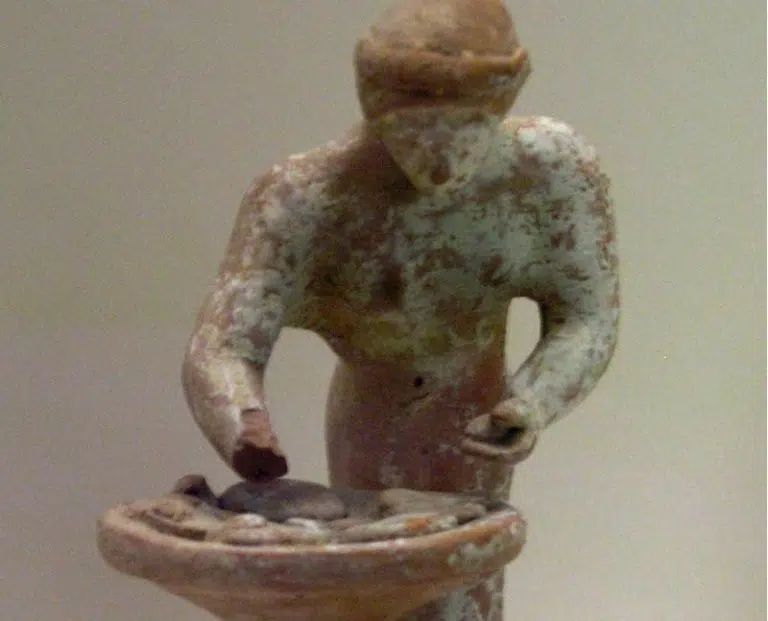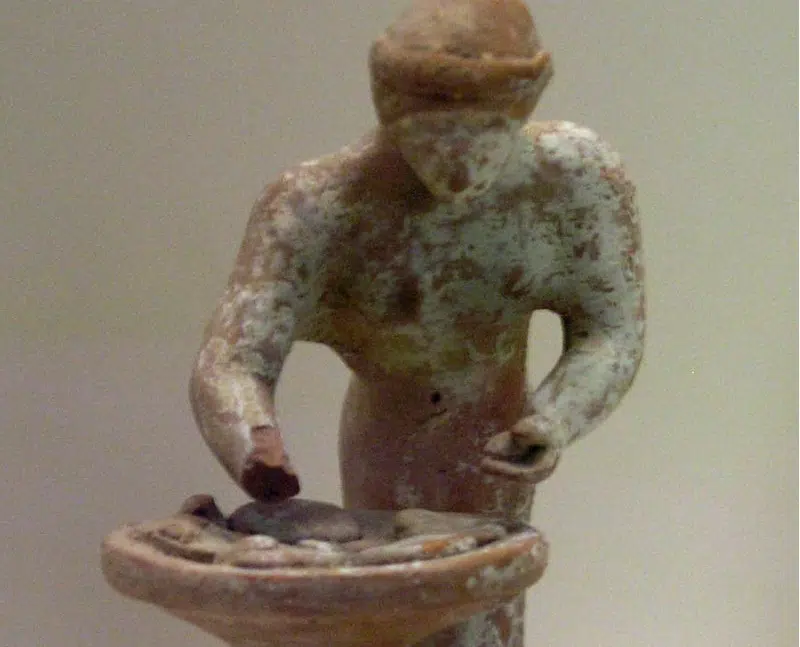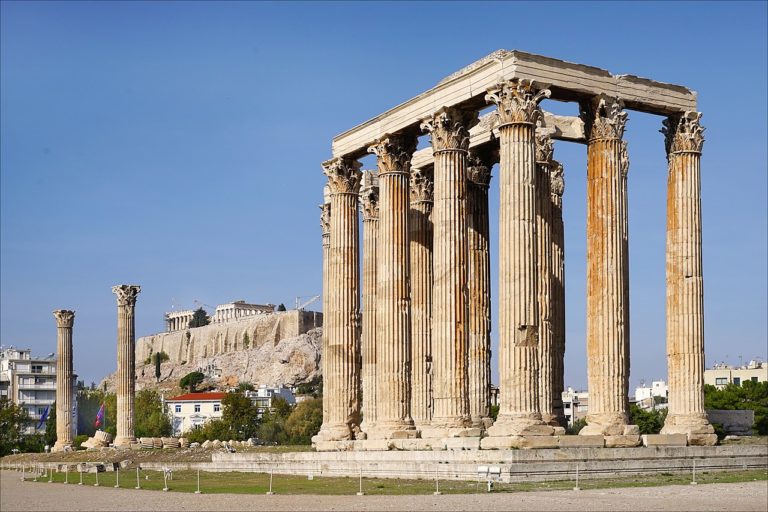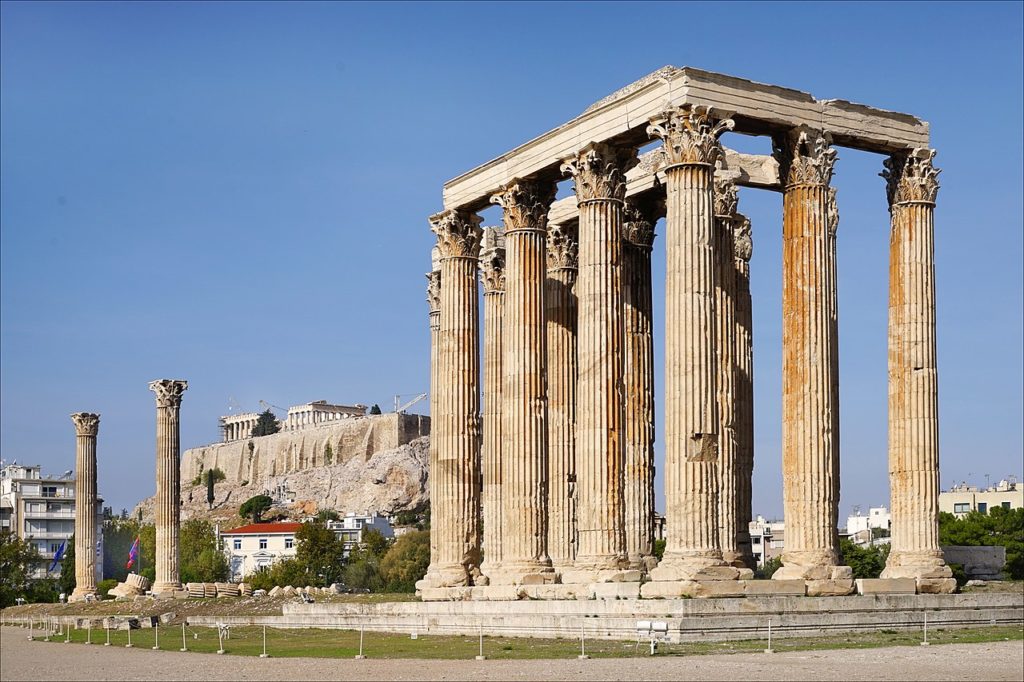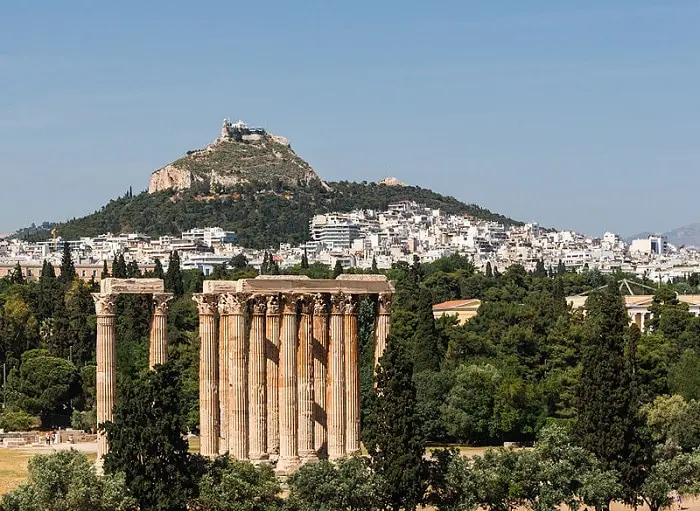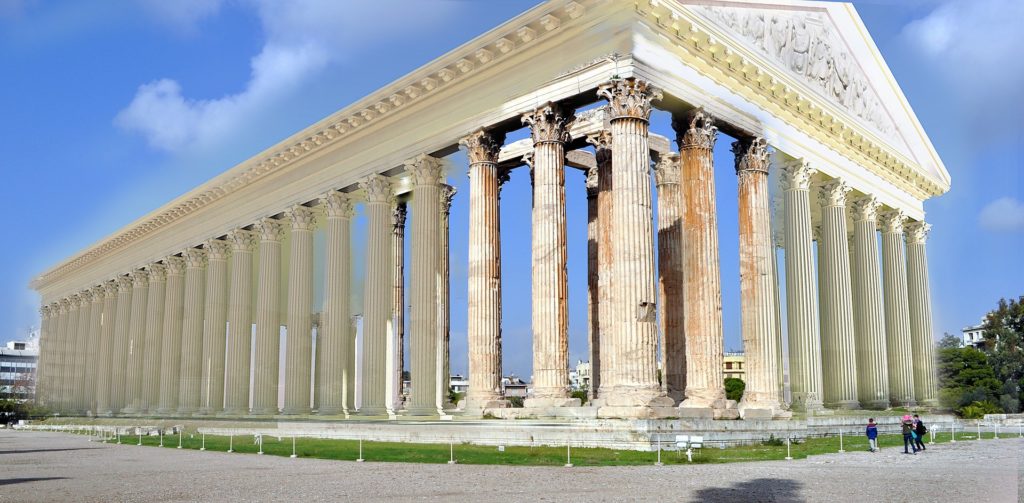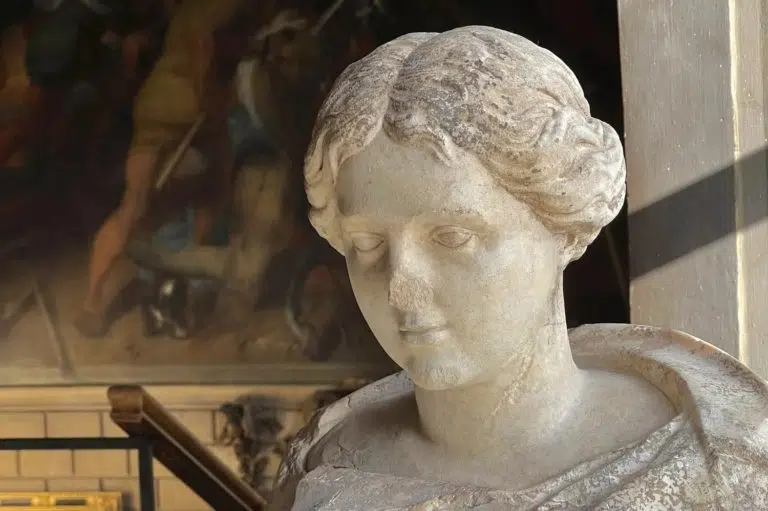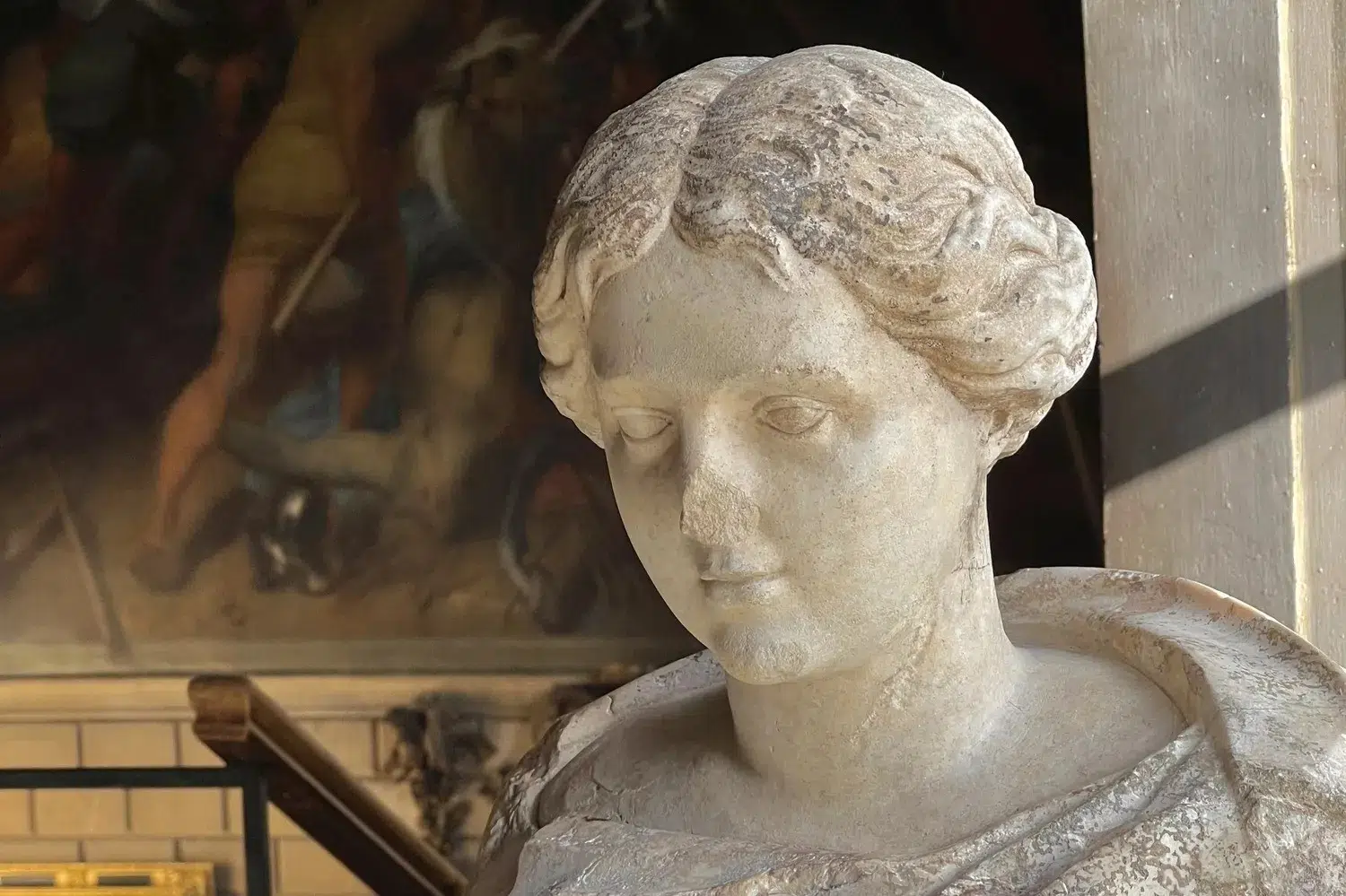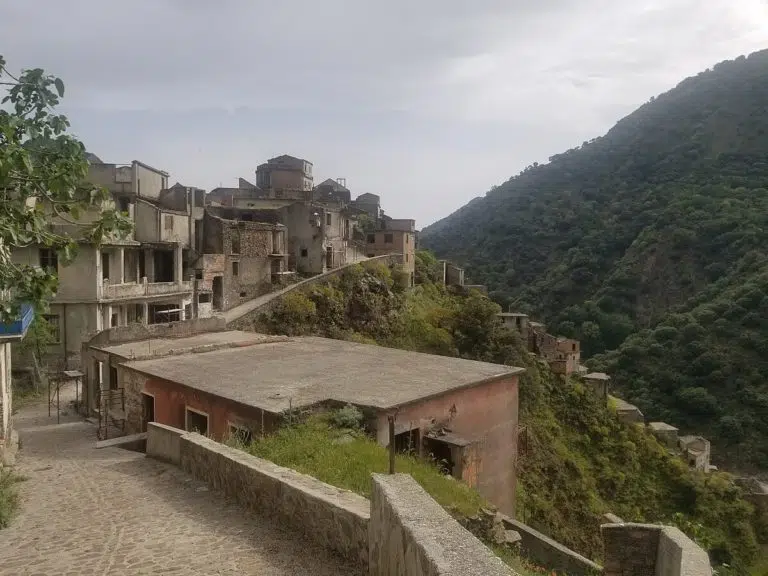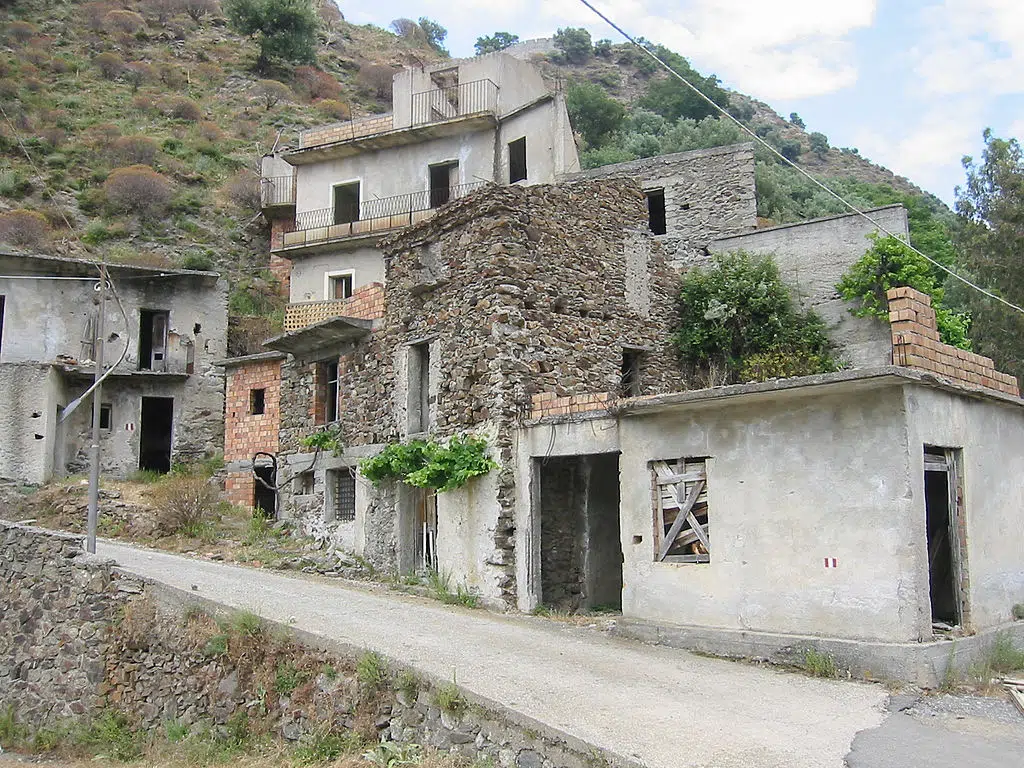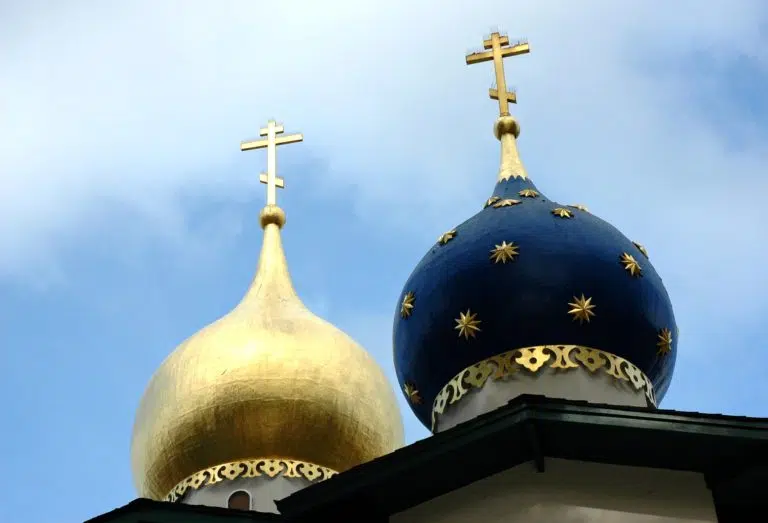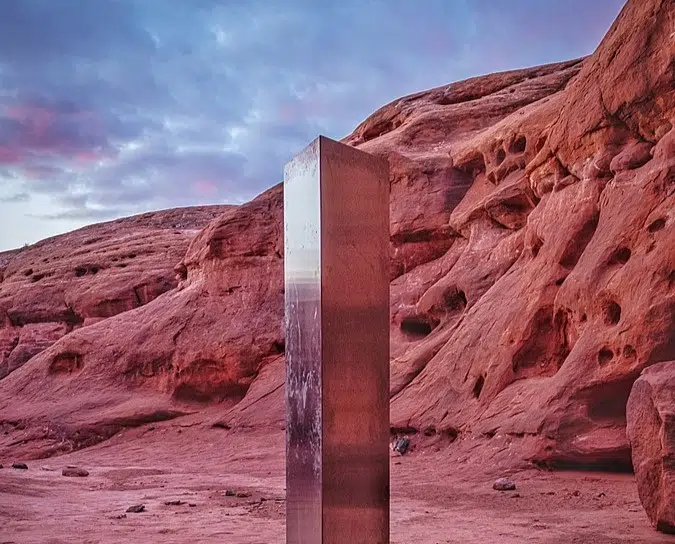
One in five alcoholic beverages consumed in Greece is adulterated and contraband, which is twice the world average, the Association of Alcoholic Beverage Companies (ENEAP) said on Wednesday.
Adulterated alcoholic beverages are legal alcoholic products that have been illicitly tampered with, for instance, by criminally diluting them with water, purposely putting them into new containers to conceal their true origin, or adding toxic substances to manipulate the quality of the alcoholic beverages.
ENEAP says that illegal products exceed 20 percent of the domestic consumption of alcoholic beverages when international organizations calculate the average in the world market at 11 percent.
This percentage does not include bulk illegal tsipouro and similar spirits circulating in the Greek market.
High tax on alcoholic beverages in Greece
ENEAP, says that the problem in Greece stems from the VAT on alcoholic beverages, which is the fourth highest in the European Union and the highest based on purchasing power.
In addition, the VAT rate in Greece is higher compared to the neighboring countries. In Greece, it is 4.6 times higher compared to North Macedonia and 4.5 times compared to Bulgaria.
Greek consumers, especially in the northern part of the country, cross the borders to purchase alcoholic beverages of dubious quality, often adulterated. The illegal trade flourishes, ENEAP says, affecting the market, public health, and government revenue.
According to the World Health Organization, illegally produced alcohol accounted for a quarter of all alcohol consumed in 2014 globally. But despite more than 144 countries having formal licensing policies, counterfeiters have infiltrated the industry, and the result is a flood of tainted and adulterated spirits at bars, retail stores, and resorts.
Tainted, adulterated, and counterfeit alcohol has been responsible for hundreds of deaths globally.
Would a tax decrease help?
The Association calls for a reduction of the VAT on alcoholic beverages, arguing that this measure will have multiple benefits for the economy and for consumers as well as for businesses.
It estimates that the reduction in VAT will lead to an increase in sales of legal products by approximately 10 percent until 2026, a boost to GDP by approximately 325 million euros in the period 2024 to 2026, an increase in employment throughout the alcoholic beverage supply chain by 11.3 thousand full-time jobs, and expansion of domestic production by 10 percent over three years.
According to a recent study by IOBE (2024), the total losses of tax revenue from the illegal trade in alcoholic beverages amount to approximately 70 million euros.
Tax revenue losses may be significantly higher, as the bulk of illegally trafficked liquor is channeled into the local market, where VAT revenue is significantly higher.
Regarding the product distilled by two-day distillers (bulk tsipouro), the losses from VAT are estimated at up to 90 million euros, as this particular product, taking advantage of the low taxation regime, is channeled into the market in multiple quantities (either without being declared, or from illegal distilleries) for commercial use.




